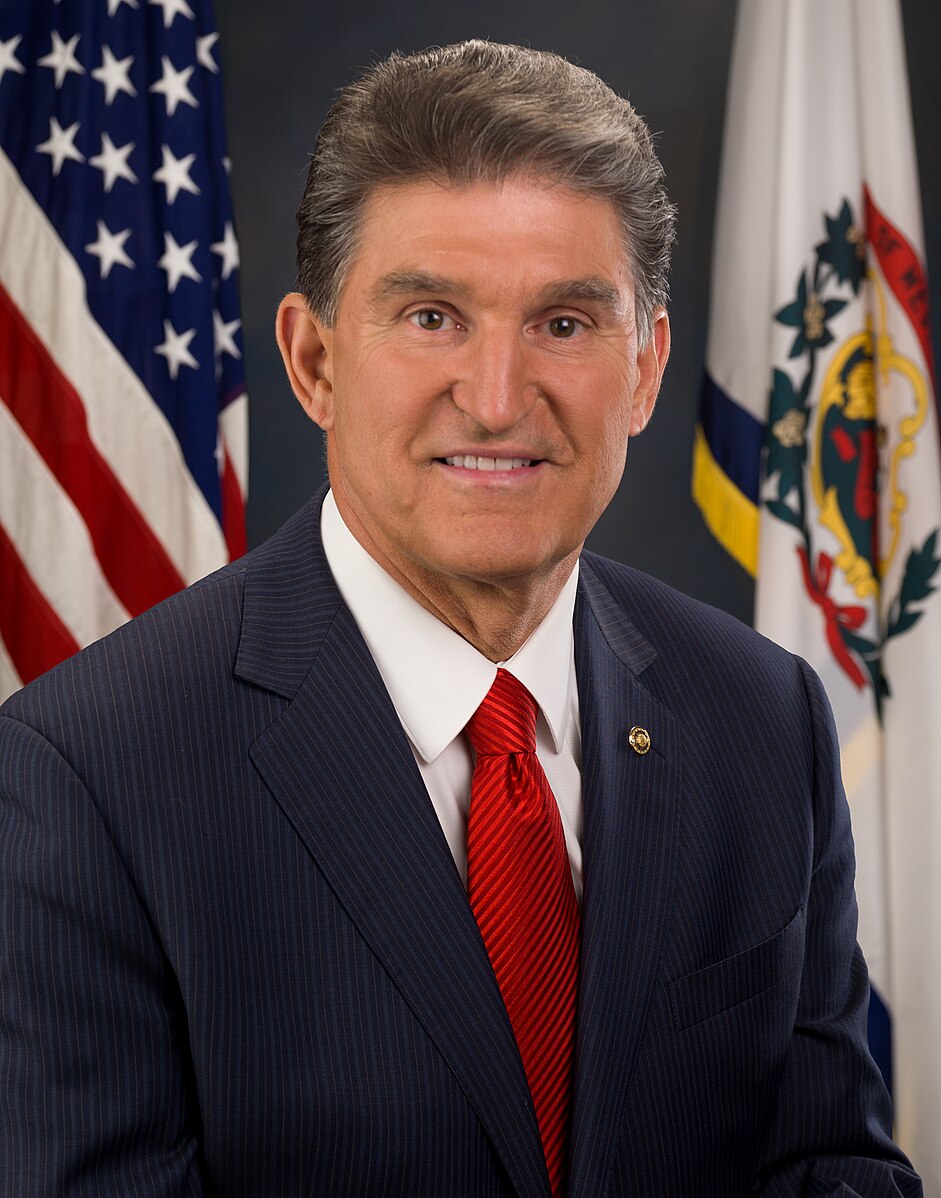The Princeton Zero Lab (Zero-carbon Energy Systems Research and Optimization Laboratory) is well known for its Net-Zero America study, probably the most detailed roadmap for the US green energy transition. Published the month before President Biden took office, this comprehensive analysis describes five distinct technological pathways for the nation to reach net-zero greenhouse gas emissions by mid-century. Each requires trillions of dollars in public and private investments to fund massive buildouts of new green energy infrastructure. Now the Princeton team and their collaborators are back with a timely update of projected impacts from the policies Congress passed in the last two years – the roughly $500 billion package of spending and green energy tax credits included in the Bipartisan Infrastructure Law and Inflation Reduction Act. This new analysis offers a clear picture of how well the effort to mitigate climate change is going so far.
The good news is that the two new laws will catalyze greenhouse gas emissions decreases of 37-41% in 2030 compared to the 2005 US peak, much better than the 28% reduction achieved without either law (we are presently 18% below the peak level). The improvements largely come from accelerated expansion of wind power, solar power and energy storage, and from continuing gains in energy efficiency, with much of this arising from the IRA’s generous tax incentives. The projection falls short of the 51% decrease (in 2030) needed to stay on track for net zero emissions by 2050, but the new laws will nonetheless bring about a substantial acceleration in green energy deployment, and they represent by far the most impactful climate policy ever passed at the national level.
To get these results the Princeton team created a computational model of the nation’s entire energy system, and tested some key assumptions about how the law will be put into effect. Perhaps the most important of these relates to the buildout of electricity transmission lines that accompanies construction of new solar and wind farms. To achieve the maximum emissions reduction the new laws can provide, the team found that electricity transmission capacity has to be built 50% faster through 2035 as compared to its historical rate of expansion. But if new transmission lines are constructed at the present slow pace, the projected 37-41% emissions reduction in 2030 drops to just 33-34%, not much better than the 28% reduction expected with no new policy at all.
Looking more carefully at how the new laws will actually function, the report states that the transformation of the energy system depends on “…the ability to site and permit projects at requisite pace and scale, expand supply chains, interconnect generating capacity, and hire and train the expanded energy workforce to build these projects.” This is difficult to put hard numbers on, but the team made a fair approximation by testing different assumptions for how fast new onshore wind and utility-scale solar could come on line each year. The result is three scenarios rated “Conservative”, Mid-range”, and “Optimistic,” reflecting the 37-41% variation in 2030 emissions decreases. This four percent range may seem small, but it has some important implications. US petroleum consumption in 2030 is decreased by twice as much in the optimistic scenario, and by 2035, tens of thousands of premature deaths from exposure to atmospheric fine particles are avoided if we can move at the fastest pace. Passing these laws was a big deal, but how well they are implemented will also make a huge difference to human health and the environment.
Attention is now laser focused on rollout of the laws, which, unsurprisingly, has become a political football. The Bipartisan Infrastructure Law passed Congress with support from both political parties, but not a single Republican in the House or Senate voted for the Inflation Reduction Act. Enter Representative Garrett Graves, Republican of Louisiana and lead House negotiator shaping the Fiscal Responsibility Act of 2023 – the June bill that narrowly averted a fiscal meltdown by increasing the nation’s debt limit. Deeply buried in the bill’s text is a section amending the 1969 National Environmental Policy Act (NEPA), a bedrock environmental law that requires the preparation of comprehensive environmental impact statements (EIS) for major actions (like building new wind farms) that require federal approval. The amendments constrain the length of the EIS and set time limits for its preparation, potentially removing a major source of permitting delays. The White House will soon release new NEPA regulations to replace Trump administration rules, and Representative Graves is in a lather about whether they will properly take the new amendments into account. Last Thursday, the insider news source Politico reported that Graves, using colorful language, is threatening to withhold any further cooperation if the White House does not deliver what he expects.
Graves is referring to intense debates between Congress and the administration to address permitting reform. Permitting delays for major energy projects have long been a source of frustration for developers, and are a particular thorn in the side of Senator Joe Manchin (D-WV), who cast the decisive vote enabling passage of the IRA last year. Manchin, an endangered Democrat from a deep red state, holds ownership interests in the coal industry and embodies the key issues at play. Progressive and center-left Democrats both want a rapid green energy transition and, having voted for the IRA, also have an interest in seeing that it is well executed and perceived as successful. Republicans, by contrast, only support permitting reform that takes an all-of-the-above approach that includes expediting the buildout of fossil fuel infrastructure. Of course, this is anathema to almost all Democrats, Manchin being the most prominent exception.
There is one further twist: reforms to NEPA that would expedite permitting are a matter of deep concern in the environmental community, which, for the past half century, has used the law to slow development by ensuring that all possible impacts to biodiversity and land and water ecology are given a hard look. NEPA is usually employed together with the Endangered Species Act, the Clean Air Act and the Clean Water Act, all now targeted by hardline Republicans as examples of “administrative overreach.” For environmentalists, the central dilemma is that the industrial scale retrenchment of the energy system required to stop climate change inevitably clashes with traditional values to protect biodiversity and ensure clean air and water resources. The glaringly evident internal discord has motivated Columbia professor Michael Gerrard, Director of the Sabin Center for Climate Change Law, to accuse the environmental community of “tradeoff denial,” and prominent environmental lawyer James Salzman to coauthor a 56 page tome in the Emory Law Journal, defining this conflict as the Greens’ Dilemma. How the dilemma is resolved will go some distance toward defining the way the green energy revolution unfolds.
________________________
https://netzeroamerica.princeton.edu/?explorer=year&state=national&table=2020&limit=200
https://repeatproject.org/docs/REPEAT_Climate_Progress_and_the_117th_Congress.pdf
https://papers.ssrn.com/sol3/papers.cfm?abstract_id=4443474
https://scholarship.law.columbia.edu/cgi/viewcontent.cgi?article=4885&context=faculty_scholarship
https://www.csis.org/analysis/permitting-reform-debt-ceiling-bill-first-step-more-come
https://www.nytimes.com/2022/03/27/climate/manchin-coal-climate-conflicts.html?

